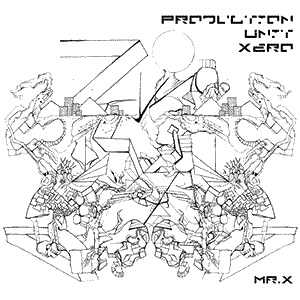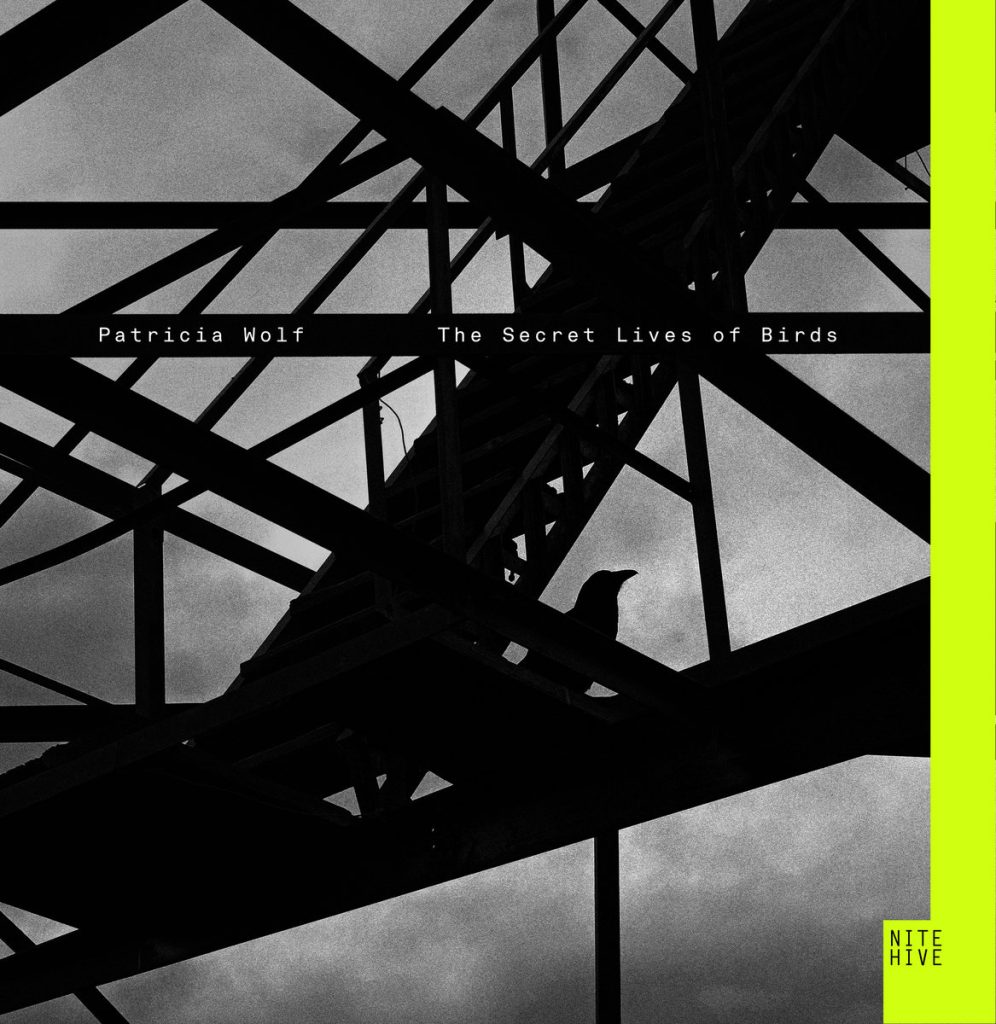What is Progressive Electronic?
Origins and Characteristics:
The late 1960s and early 1970s witnessed the birth and blossoming of progressive electronic music, a genre that seamlessly wove the boundary-pushing ethos of progressive rock with the limitless possibilities of electronic instrumentation. Distancing itself from pop and rock norms, progressive electronic music ventured into uncharted sonic realms, emphasizing atmosphere, structure, and innovation.
- Instrumental Depth: Predominantly instrumental, the genre delved deep into the capabilities of synthesizers, sequencers, and drum machines. This allowed for layering sounds, creating intricate patterns, and generating expansive soundscapes.
- Complex Structures: Taking cues from its progressive rock predecessor, progressive electronic compositions often sidestepped conventional song structures. Extended tracks, non-repetitive patterns, and evolving motifs became hallmarks of the genre.
- Atmospheric Soundscapes: This subgenre emphasized creating moods and atmospheres, with compositions often feeling like auditory journeys or soundtracks to imagined stories.
- Technological Advancements: Progressive electronic capitalized on the rapid advancements in music technology of its era. With the arrival of iconic synthesizers like the Moog, artists could craft sounds that were previously unimaginable.
Key Artists and Albums:
- Tangerine Dream: A pioneering force in progressive electronic, this German outfit was known for their expansive, atmospheric compositions. Their 1974 album “Phaedra” is a quintessential piece, a mesmerizing journey through synthesized soundscapes. It was one of the first albums to fully utilize sequencers, cementing its place in electronic music history.
- Klaus Schulze: A former member of Tangerine Dream, Schulze’s solo ventures further delved into the world of electronic soundscapes. His 1977 work “Mirage” is often cited as a magnum opus, capturing the icy, ambient feel that characterized much of his output.
- Jean-Michel Jarre: The French maestro brought a slightly more melodic approach to progressive electronic. His 1976 album “Oxygène” remains a staple, a seamless blend of ambience and melody, teetering between introspection and grandeur.
- Vangelis: Known to many for his iconic soundtrack work, including the score for “Blade Runner”, Vangelis’ early albums are masterclasses in progressive electronic music. “Albedo 0.39” from 1976 and “Heaven and Hell” from 1975 are essential listens, showcasing his penchant for melding orchestral elements with electronic instrumentation.
- Ashra (previously Ash Ra Tempel): Another pillar in the German electronic scene, albums like “New Age of Earth” (1977) epitomize the tranquil, meditative side of the genre, employing synthesizers to craft serene auditory landscapes.
Legacy and Impact:
- A Bridge to Ambient: Progressive electronic music, with its emphasis on atmosphere and mood, paved the way for the ambient genre, championed by artists like Brian Eno.
- The Precursor to Modern Electronica: The innovations of progressive electronic artists set the stage for future genres like trance, techno, and IDM. Their exploration of synthesizers and sequencers laid the groundwork for the explosion of electronic dance music in the late 1980s and 1990s.
- Film and Media: Artists like Vangelis and Jean-Michel Jarre demonstrated the potential of electronic music in soundtracks, a tradition that continues today with composers like Hans Zimmer incorporating electronic elements into their cinematic scores.
In Retrospect:
Progressive electronic music represented a bold step into the future, a genre unshackled from the constraints of traditional instrumentation and songwriting. It was a testament to the human imagination, where artists, equipped with new tools, sculpted soundscapes that transported listeners to otherworldly realms. From the ethereal sequences of Tangerine Dream to the majestic crescendos of Vangelis, progressive electronic remains an influential and cherished chapter in the annals of music history. Today, as electronic music continues to evolve and diversify, the pioneering spirit of these progressive forefathers lives on, echoing in the vast sonic landscapes of modern-day synthesists and producers.




